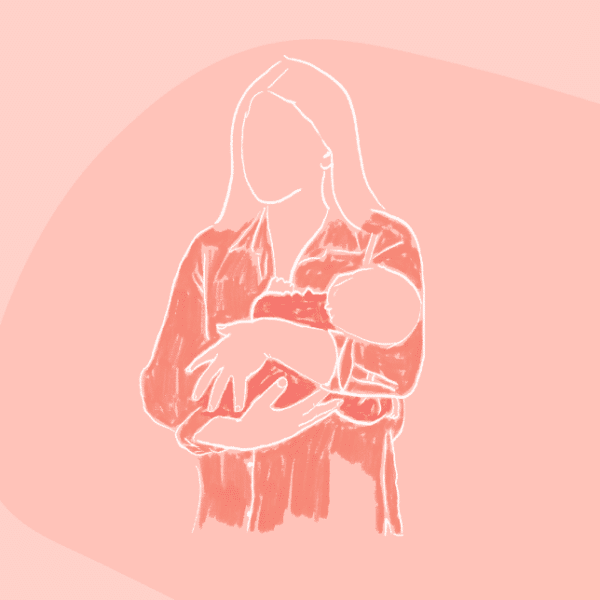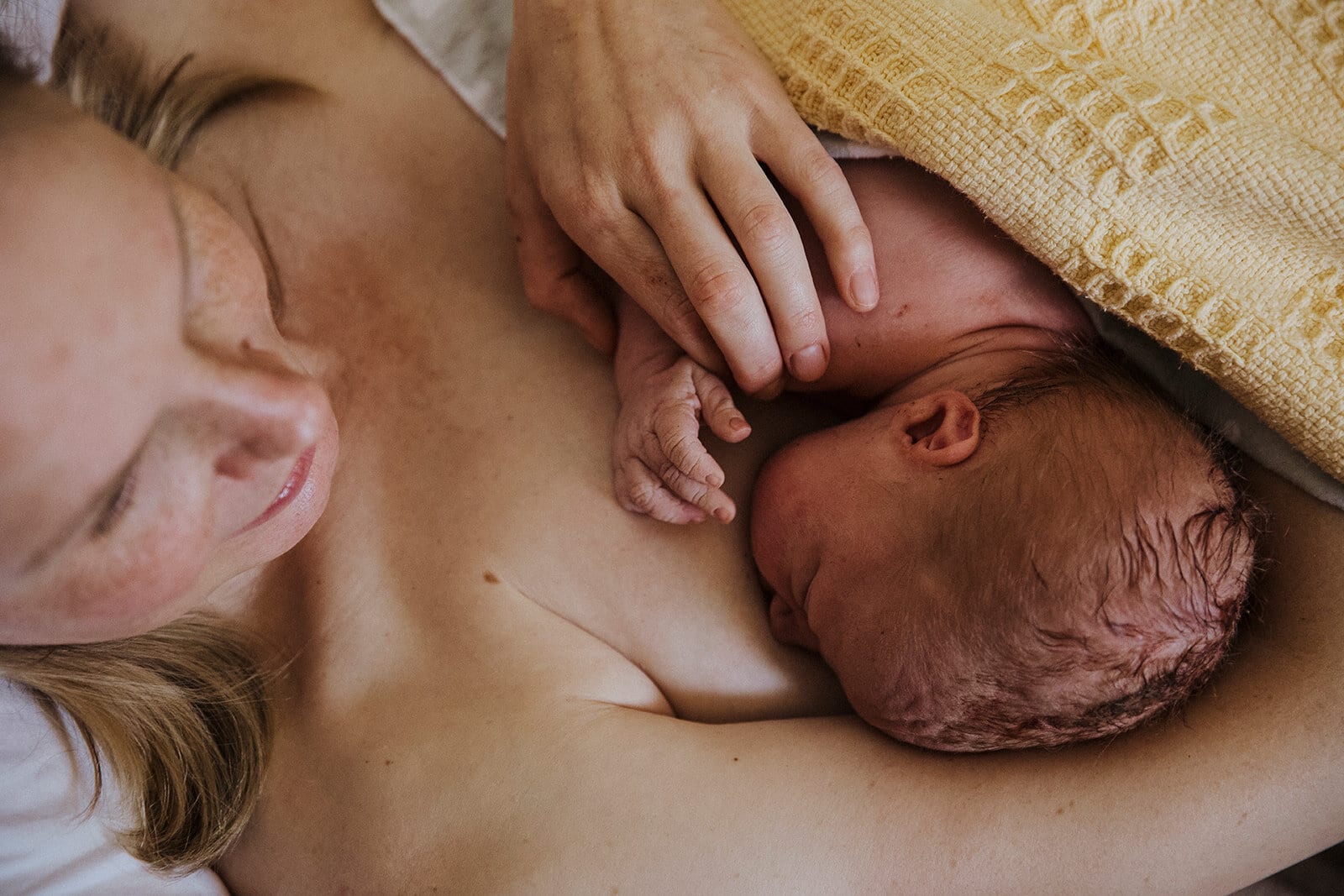Postpartum What is a C-Section Shelf?
What is a C-Section Shelf?
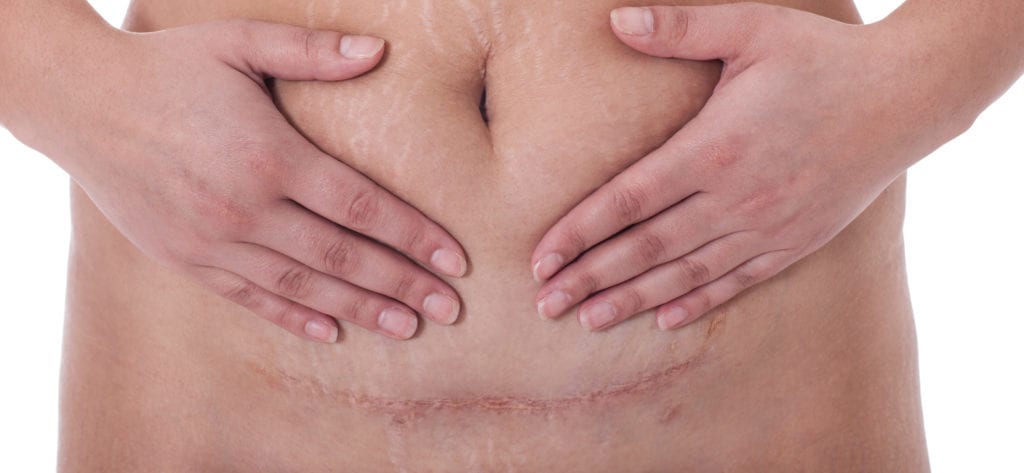
If you had a caesarean birth and you’ve noticed an overhang or a bulge over your scar, we want you to know that it’s completely normal and a natural part of birth recovery. It’s not dependent on whether you had a planned or emergency caesarean nor is it a result of a bad incision or hindered healing process; it’s simply a common side-effect of wound healing.
While it’s mostly aesthetic, it can affect the way you think about your body which can directly inform your mood. If it’s bothering you, don’t feel as if you need to dismiss your feelings. Acknowledge how you’re feeling about it and find comfort in the simple steps you can take to strengthen your core and work towards minimising your shelf, if that’s something you want.
During a caesarean birth, your obstetrician will make a 10 cm incision through seven layers of fat and tissue and then stitch them back together. It may be the most commonly performed major surgery in the world but it also requires significant healing with many perinatal professionals believing it takes up to a year for connective tissues to properly repair. A c-section shelf can’t be prevented but there are some practical steps you can take to reduce its appearance and lessen its severity.
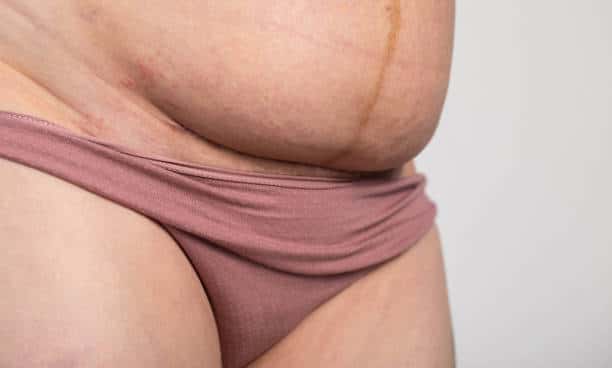
Why do I have a bulge over my c-section scar?
Also known as a ‘c-section shelf’, a ‘mum pouch’, or an ‘overhang’, the bulge over your caesarean scar is a protrusion or swelling around the incision area, a combination of scar tissue, body fat and excess abdominal skin. For some it’s barely noticeable while for others it is very pronounced and can present as a flap (also known as an apron) which may affect the clothing you wear as waistbands can cause discomfort.
Changes in your abdominal muscles and your healing process can cause your incision to bulge. Your abdominal muscles stretch in pregnancy to make space for your baby. If you carried your baby over 35 weeks gestation, your abdominal muscles would have separated, a normal pregnancy condition known as diastasis recti. During a caesarean birth, the muscles may be partially or wholly stretched which can contribute to both weak muscles and the formation of scar tissue. And remember, your scar tissue is several layers deep so skin restrictions or tightness in any layer can contribute to an overhang or shelf-like appearance
Your c-section shelf may only last a few weeks or months before it goes away but for some women, the bulge remains for years.
How can I fix my c-section shelf?
There are some really practical things you can do to assist recovery and promote healing. Your whole body takes time to recover from birth and if you’ve had a caesarean, you’re also recovering from major abdominal surgery. Horizontal rest is vital for healing and strengthening your core and pelvic floor which, in turn, assists wound healing. You can also do the following:
- Wear a supportive belly wrap or band in the first six weeks postpartum. This encourages the abdominal muscles to come together, assists with good posture and pelvic floor awareness.
- Prioritise a healthy diet with foods high in collagen which help restore connective tissues; bone broths, slow cooked meats, sardines, berries, chicken.
- Practise gentle pelvic floor and abdominal exercises in the first few days after birth and continue doing them every day.
- Once your wound has healed and you have the go-ahead from your obstetrician, practise gentle scar massage. If you feel like you need professional guidance, seek the support of a pelvic floor physiotherapist.
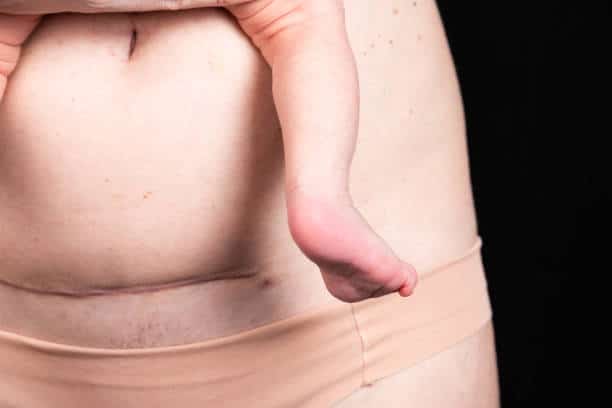
Who can help with my c-section shelf?
The best professional to see is a pelvic floor physiotherapist (women’s health physiotherapist) who can assist you with every element of birth recovery, healing and strengthening, including:
- Pelvic floor strengthening
- Abdominal strengthening
- Scar massage
- Safe and appropriate exercise
- Tips to improve your posture
Our Podcast Picks for You
Categories
Related Products
-
Discovering Motherhood
12 reviews$119.00The 8-part audio program supporting your empowered and confident transition into motherhood.
Get your copy of our Perineal Massage Guide in your inbox
Keep Reading
We think you might enjoy these articles
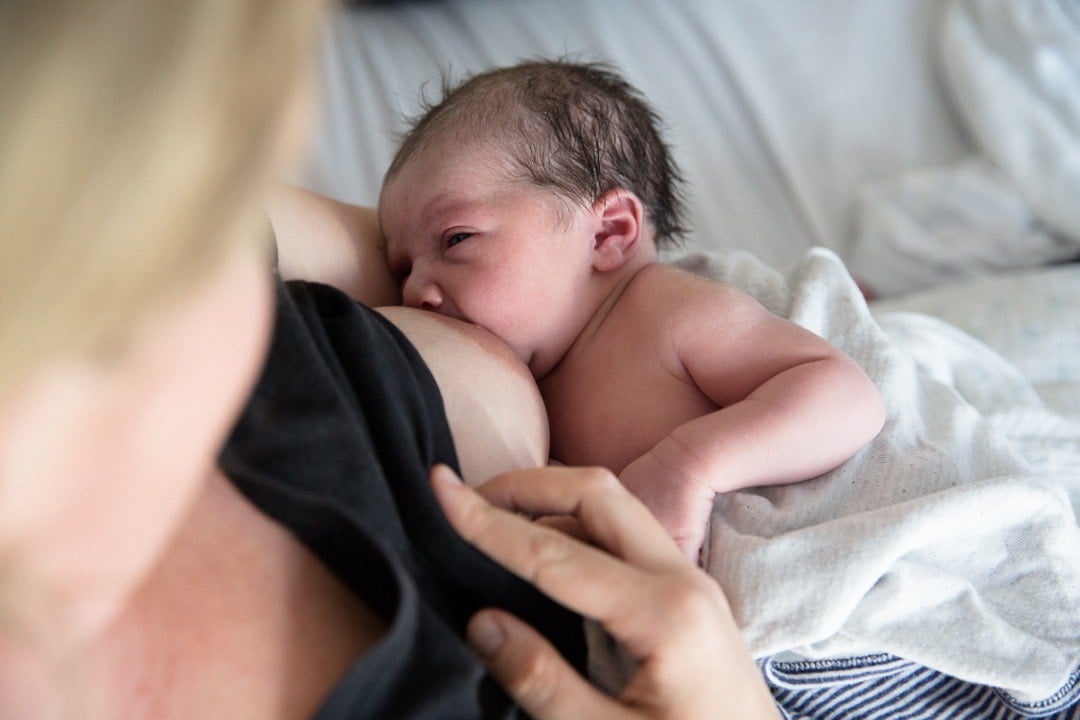
Breastfeeding: What to Expect in the First 72 Hours

Why planning for postpartum is just as important as planning for birth – and how to do it right
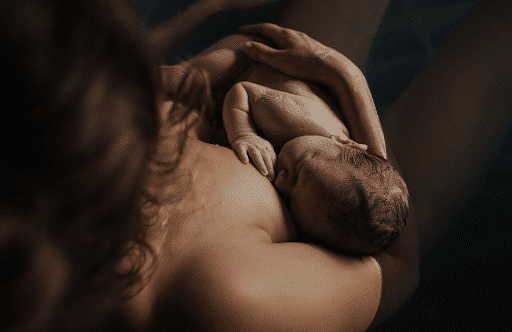
Cracked Nipples: Causes, Treatment and Prevention
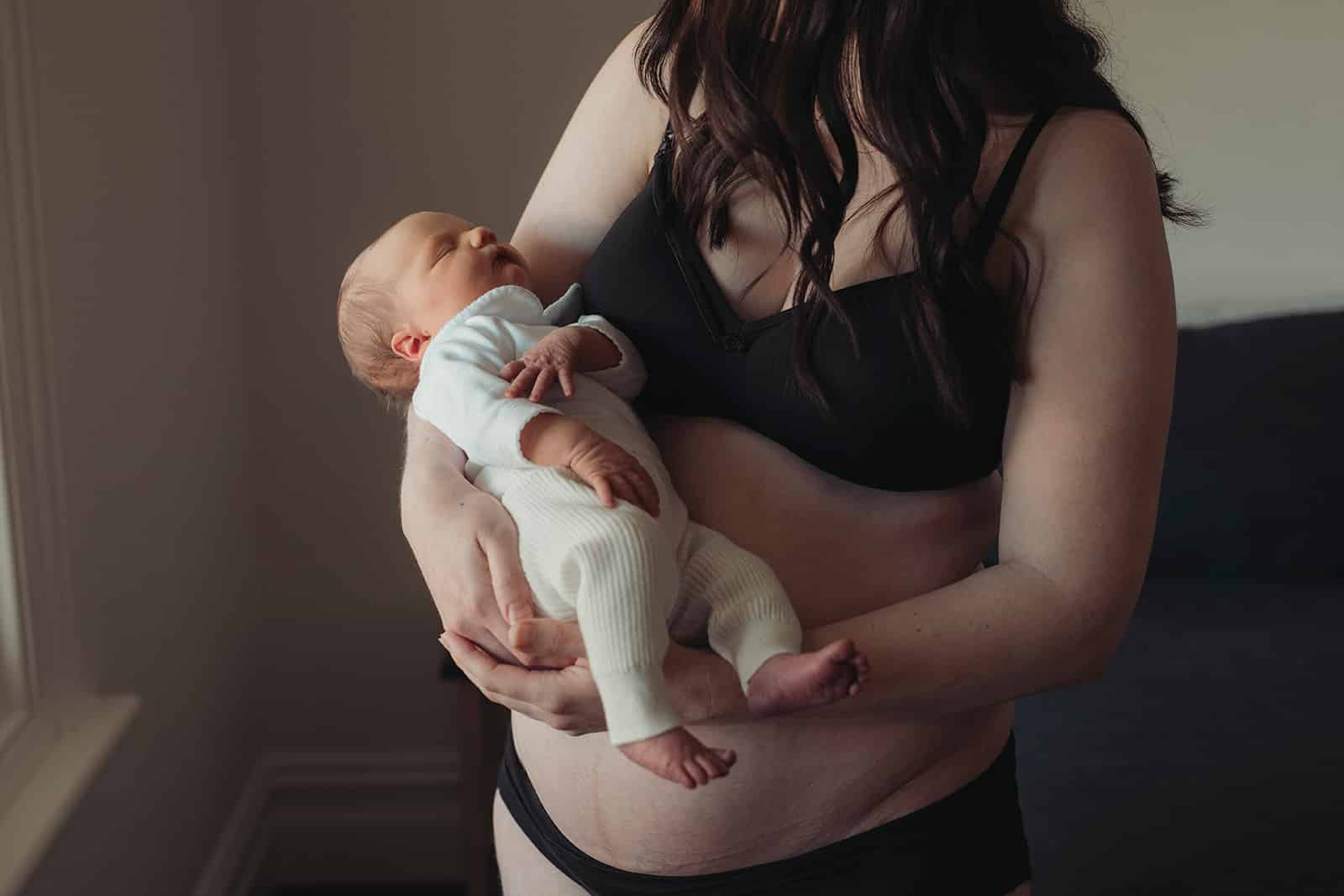
Caesarean Birth Recovery

What is a C-Section Shelf?
@AustralianBirthStories
Follow along with us
@AustralianBirthStories
Follow along with us
@AustralianBirthStories
Follow along with us
@AustralianBirthStories
Follow along with us
@AustralianBirthStories
Follow along with us
@AustralianBirthStories
Follow along with us
@AustralianBirthStories
Follow along with us
@AustralianBirthStories
Follow along with us
@AustralianBirthStories
Follow along with us
@AustralianBirthStories
Follow along with us
@AustralianBirthStories
Follow along with us
@AustralianBirthStories
Follow along with us

